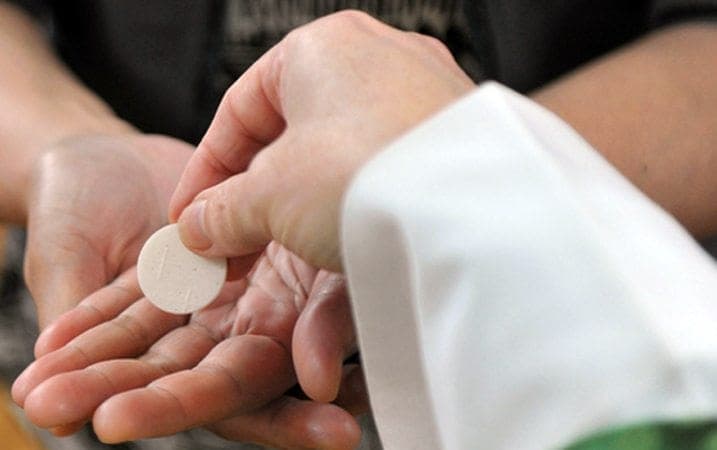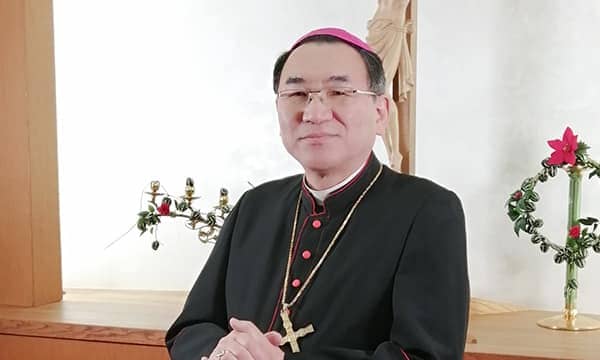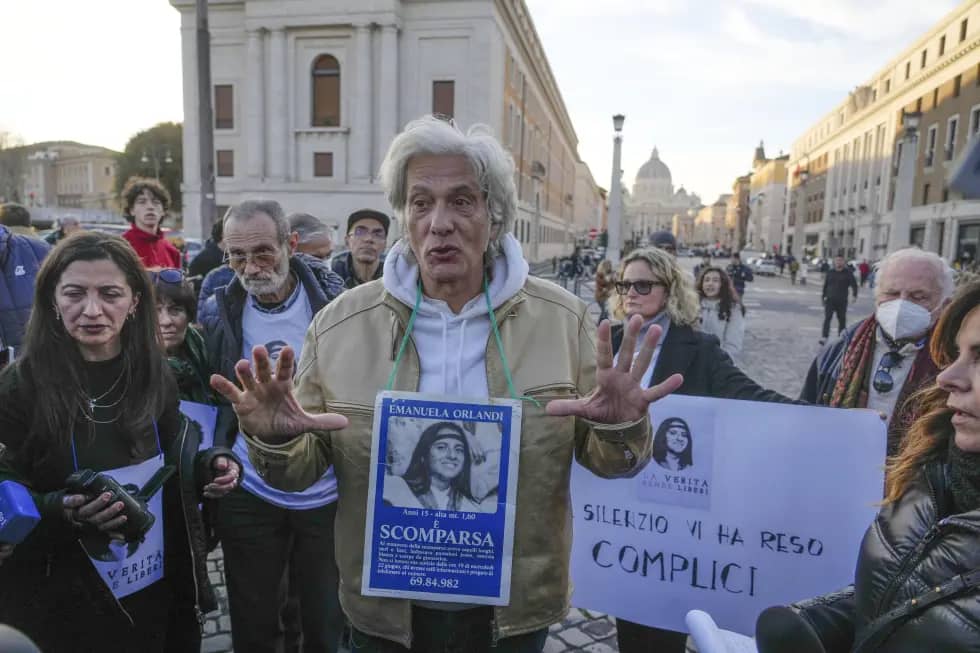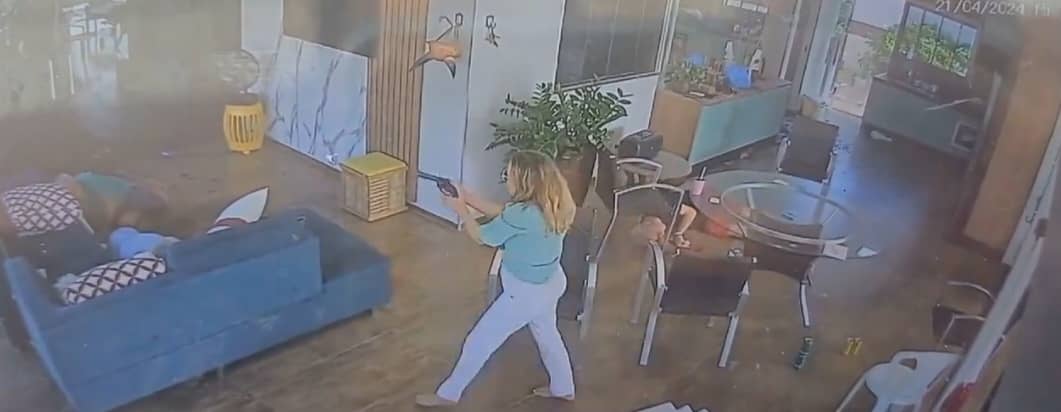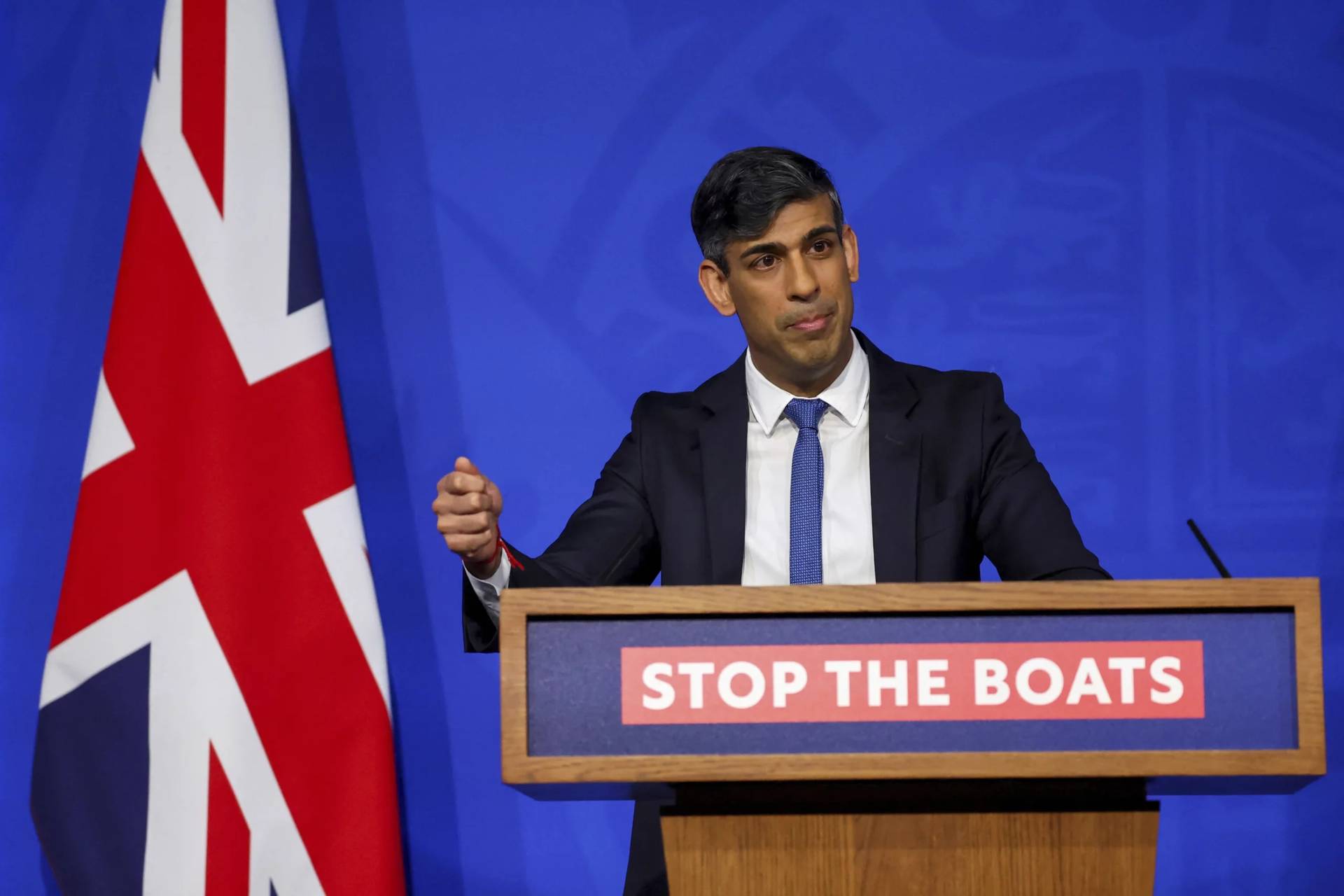ROME — Pope Francis celebrated a Mass for the Holy Family on Sunday, designed as a reminder of the spiritual and pastoral importance of the family in the context of his Holy Year of Mercy. Plans called for similar Masses to be held around the world in basilicas where there’s a holy door for the jubilee year.
“Let us not lose confidence in the family!” Francis said, telling families gathered with him in St. Peter’s Basilica that the world and the Church need them “now more than ever.”
In terms of Church politics, however, Sunday’s Mass was also a reminder that we’re on a countdown to perhaps the biggest decision of Francis’ papacy, on a question that arises directly from his two recent Synods of Bishops on the family.
Sometime soon, Francis is expected to issue his own conclusions on the synods in the form of a document, technically known as an “apostolic exhortation.” Veteran Italian Vatican writer Marco Tosatti recently reported that the document could appear as early as February, while others suggest a March release date, perhaps tied to the feast of St. Joseph on March 19.
On Sunday, the official newspaper of the Italian bishops’ conference restricted itself to saying the document is expected “in the spring.”
While the two synods, one held in October 2014 and the other this past October, touched on a wide variety of topics, by far the single most contested question was that of whether to allow divorced and civilly remarried Catholics to receive Communion. It’s become a key test of exactly how far Francis is willing to go in terms of rethinking traditional Catholic teaching and practice.
It’s telling that after two synods debated the issue at length, agonizing over every comma in concluding language on the subject, it’s now a matter of controversy exactly what that language meant.
In November, the Rev. Antonio Spadaro, a Jesuit known to be close to Pope Francis, published an article in La Civiltà Cattolica saying that the 2015 bishops’ summit “laid the basis for access to the sacraments, opening a door that had remained closed in the preceding synod.”
That claim raised eyebrows, in part because the Jesuit-edited Civiltà Cattolica enjoys a semi-official status in the Vatican and is reviewed prior to publication, in part because Spadaro is rumored to be among an informal group advising Pope Francis on his document.
In response, several figures who took part in the synods and who were part of the opposition to the idea of opening Communion to the divorced and remarried, such as Cardinal Robert Sarah of Guinea and Cardinal George Pell of Australia, insisted that they had decided no such thing.
They noted, for instance, that the word “Communion” and the phrase “access to the sacraments” don’t even appear in the final document of the 2015 synod, which was clearly crafted as a compromise text.
Given the contrasting positions, the ball is clearly now in Francis’ court. Logically speaking, he would seem to have four possibilities:
- 1. A clear “yes” to Communion for the divorced and remarried, even if it would require some discernment in individual cases.
- 2. A clear “no,” while still stressing that divorced and civilly remarried believers remain part of the Church and can participate in its life in various other ways.
- 3. A call for more study and reflection, saying that the time isn’t right to make a decision.
- 4. Decentralizing the question to some extent by offering broad guidelines and then encouraging local bishops to make decisions.
Tosatti believes that Francis will choose door No. 4, using language that won’t be seen as a clear win for the “yes” camp associated with German Cardinal Walter Kasper, but which will encourage greater latitude for local bishops.
“Sources speak of a ‘magmatic’ document,” Tosatti wrote on Dec. 17, “with advice and the possibility for bishops to make case-by-case decisions in individual situations. In substance, that’s a reiteration of the current discipline in the examination of individual cases, with a greater emphasis on the role of the bishop.”
The touchstone would likely still be Pope John Paul II’s 1981 document Familiaris Consortio, which followed an earlier synod on the family and laid down the following standard on admission to Communion in paragraph 84:
Reconciliation in the sacrament of Penance which would open the way to the Eucharist, can only be granted to those who, repenting of having broken the sign of the Covenant and of fidelity to Christ, are sincerely ready to undertake a way of life that is no longer in contradiction to the indissolubility of marriage. This means, in practice, that when, for serious reasons, such as for example the children’s upbringing, a man and a woman cannot satisfy the obligation to separate, they “take on themselves the duty to live in complete continence, that is, by abstinence from the acts proper to married couples.”
However, Francis could provide greater scope for what’s known as an “internal forum” solution, which basically means that pastors and bishops could work with people in a second relationship to reach a private decision in conscience that they meet the requirements for Communion, even if they don’t fully meet the requirements in Familiaris Consortio.
A widely read Italian blog set up as an observer of the synod process suggested recently that if this is, indeed, where Francis comes down, the document may give rise to “contrasting interpretations,” meaning some bishops could give it a minimalist reading and others could be more permissive.
Whatever Francis may be planning, he didn’t tip his hand on Sunday.
The pontiff devoted his brief homily to extolling the family as a “domestic pilgrimage,” saying that in the context of the special jubilee Holy Year of Mercy, it’s “inside the family where one learns to forgive.”
The pope urged families to practice simple expressions of the faith together, such as tracing the Sign of the Cross on the foreheads of children at the beginning of the day, and praying together before meals.
Reflecting on the Gospel story of the child Jesus abandoning his parents on a visit to the temple, Francis said that although the Bible doesn’t say so, “we can imagine” that Jesus later had to ask their forgiveness.
“Opportunities for growth by asking forgiveness also make up part of the pilgrimage of the family,” Francis said.
The Mass for the Holy Family formed another stop on a busy holiday itinerary for the pontiff.
On New Year’s Eve, Francis will preside over a vespers service, and on New Year’s Day, he’ll celebrate a Mass in the morning in honor of the Virgin Mary. That afternoon, he’ll head across town to Rome’s Basilica of St. Mary Major to open a holy door for the special jubilee Year of Mercy.
On Jan. 6, Francis will close the traditional holiday season with a Mass for the feast of the Epiphany, marking the revelation of Christ as the Son of God when he was visited by the three magi, or “wise men.”
